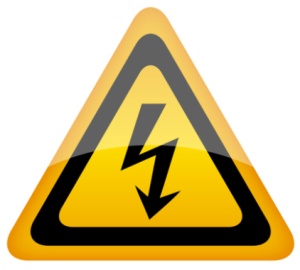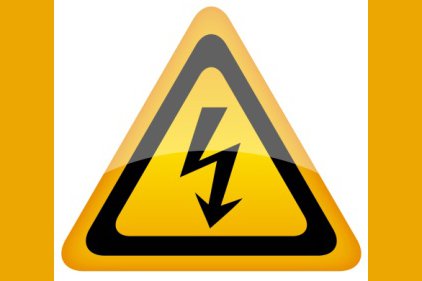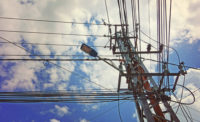 With spring storms capable of bringing with them high winds and a considerable potential for damage, it is important to be prepared for power outages – especially in the workplace, where they can result in accidental electrocutions.
With spring storms capable of bringing with them high winds and a considerable potential for damage, it is important to be prepared for power outages – especially in the workplace, where they can result in accidental electrocutions.
The Centers for Disease Control and Prevention (CDC) offers information on its website intended to help companies keep their workers safe in the event of a power outage, when many people use portable electrical generators.
“If the portable generator is improperly sized, installed, or operated, it can send power back to the electrical lines,” notes the CDC. “This problem is called backfeed or feedback in the electrical energy in power lines. Backfeed can seriously injure or kill repair workers or people in neighboring buildings. It is a constant risk for electrical energy workers. (Electrocutions are the fifth leading cause of all reported occupational deaths.)
How it happens
When power lines are down, residents can restore energy to their homes by another power source such as a portable generator. If the generator is plugged into a household circuit, the electrical current can reverse, go back through the circuit to the power grid, and then increase in voltage. If a worker attempts to repair power lines when this happens, the worker could be electrocuted.
How to reduce the risk
To reduce the risk of backfeed, the CDC recommends that workers:
- Treat all power lines as “hot” unless the lines have been de-energized and grounded. Because of the possibility of a feedback circuit, the worker should ground all lines on both sides of the work area unless he/she is wearing the proper personal protective equipment.
- Conduct standard tests to decide if there is high voltage in the power lines. Low voltage includes voltages from 50 to 600 volts. High voltage includes voltages of 601 volts to 230,000. Extra high voltage is any voltage over 230,000 volts.
- Use low voltage testing equipment such as a neon light or light-emitting diode type equipment to determine whether there is low voltage present. High voltage tests may not identify lower voltage levels. Lower voltages are also deadly.
- Do not repair power lines without donning adequate personal protective equipment such as NEC rated and approved gloves and sleeves.
How the public can help
- Have a trained, qualified electrician install a portable generator.
- Be sure that the main circuit breaker is OFF and locked out prior to starting the generator. This will help protect utility workers from possible electrocution.


